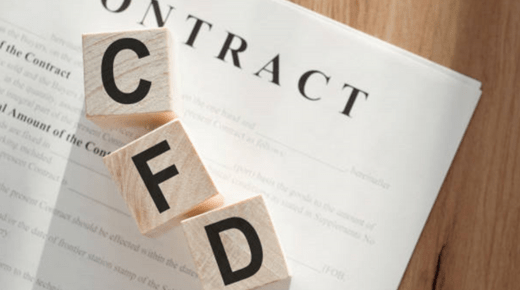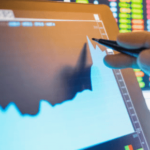Trading in volatile markets can be a thrilling rollercoaster ride, especially when you’re dabbling in CFD trading. CFDs, or Contracts for Difference, offer a way to speculate on the price movements of an underlying asset without actually owning the asset itself. It’s like betting on the direction of a stock, currency, or commodity without having to buy or sell the physical thing. And in volatile markets, these price movements can be dramatic, offering both high risks and high rewards. But how do you navigate these turbulent waters successfully? Let’s dive into some strategies that can help you ride the waves of volatility with confidence.
Understanding Volatility
First things first, it’s crucial to understand what volatility is and why it matters. Volatility is a measure of the price fluctuations in the market. In volatile markets, prices can swing wildly, creating opportunities for traders who can anticipate these movements. But it also means that the risk of losses is higher, as the value of your trades can change rapidly. To succeed in CFD trading (It is also known as “差價合約交易” in Taiwan.), you need to be able to read the market’s mood and react accordingly. This involves keeping a close eye on market news, economic indicators, and technical analysis tools.
Strategic Position Sizing
When trading CFDs in volatile markets, position sizing is key. This refers to the amount of capital you risk on each trade. A common mistake among traders is to over-leverage their positions, which can lead to significant losses if the market moves against them. To manage risk effectively, consider using stop-loss orders to limit potential losses. This way, even if the market turns sour, you can protect your capital. Additionally, diversifying your trades across different assets can help spread the risk and reduce the impact of a single losing trade.
Embracing the Power of Leverage
One of the main attractions of CFD trading is the ability to use leverage. Leverage allows you to control a larger position with a smaller amount of capital, amplifying both potential gains and losses. In volatile markets, this can be a double-edged sword. While it can lead to substantial profits, it can also result in substantial losses if not managed properly. To use leverage effectively, it’s important to have a clear understanding of your risk tolerance and to use it strategically. This might mean using lower leverage during periods of high volatility to reduce the risk of a margin call.
Staying Informed and Adapting Quickly
In volatile markets, information is king. Being the first to react to breaking news or economic data can give you a significant edge in CFD trading. This requires staying informed through various channels, including financial news websites, social media, and market analysis reports. Additionally, being adaptable is crucial. Market conditions can change rapidly, and what worked yesterday might not work today. Being able to adjust your trading strategy on the fly is a valuable skill in volatile markets.
Mastering Technical Analysis
Technical analysis is a tool that can be invaluable in navigating volatile markets. It involves studying historical price patterns and using indicators to predict future price movements. By mastering technical analysis, you can identify trends, support and resistance levels, and potential entry and exit points for your CFD trades. This can help you make more informed decisions and potentially increase your chances of success.
Managing Emotions and Expectations
Finally, one of the most critical aspects of successful CFD trading in volatile markets is managing your emotions and expectations. It’s easy to get caught up in the excitement of a big win or the disappointment of a loss. However, letting emotions drive your trading decisions can lead to poor outcomes. It’s important to maintain a disciplined approach, sticking to your trading plan and not letting emotions dictate your actions. This includes setting realistic expectations for your trades and being prepared for both wins and losses.
In conclusion, CFD trading in volatile markets can be a high-stakes game, but with the right strategies and mindset, it can also be a rewarding one. By understanding volatility, managing your positions, leveraging wisely, staying informed, mastering technical analysis, and keeping a cool head, you can increase your chances of success and potentially reap the benefits of trading in these dynamic markets.



